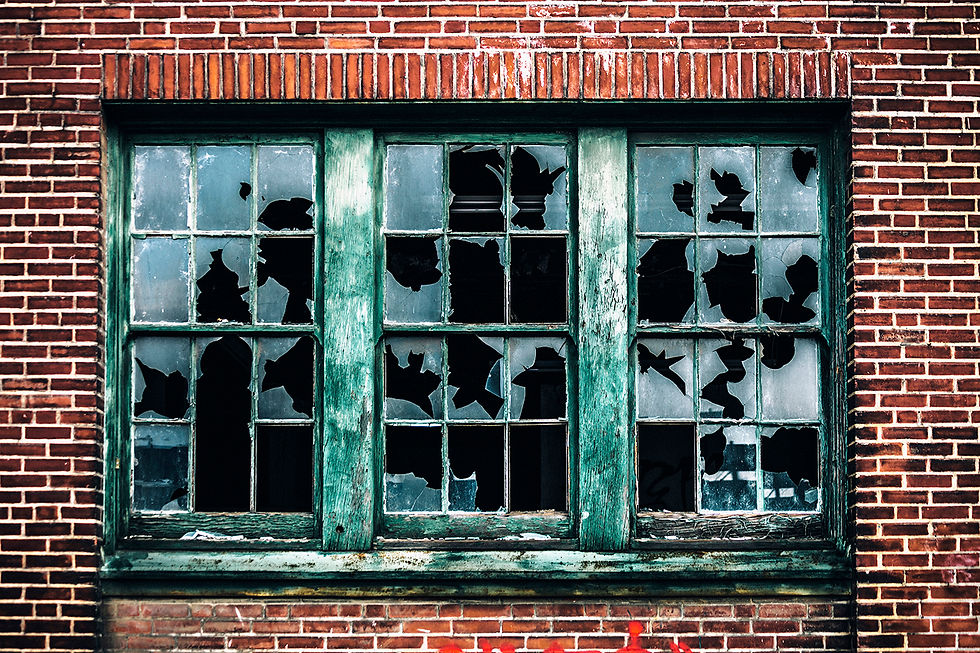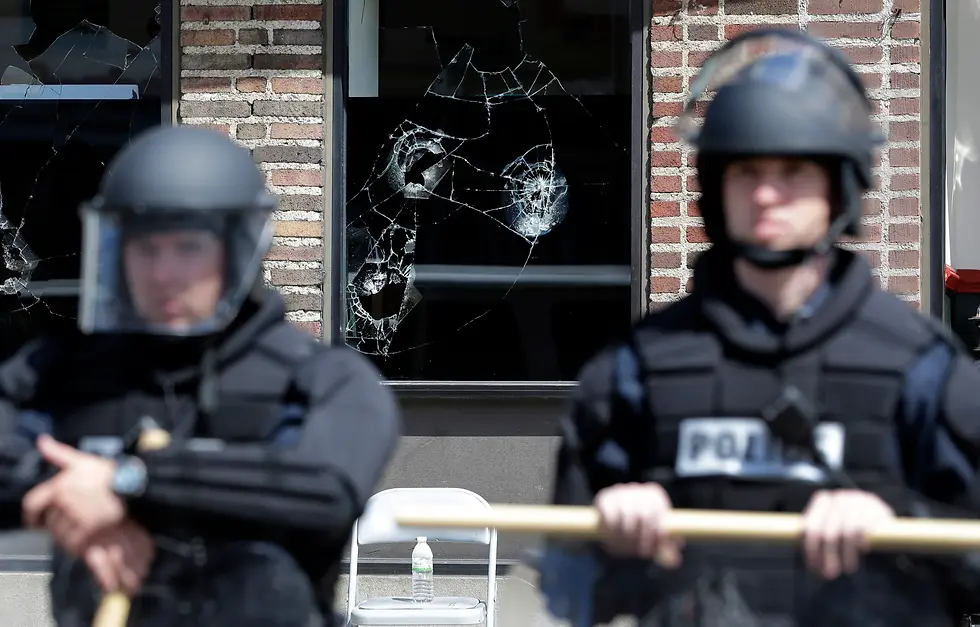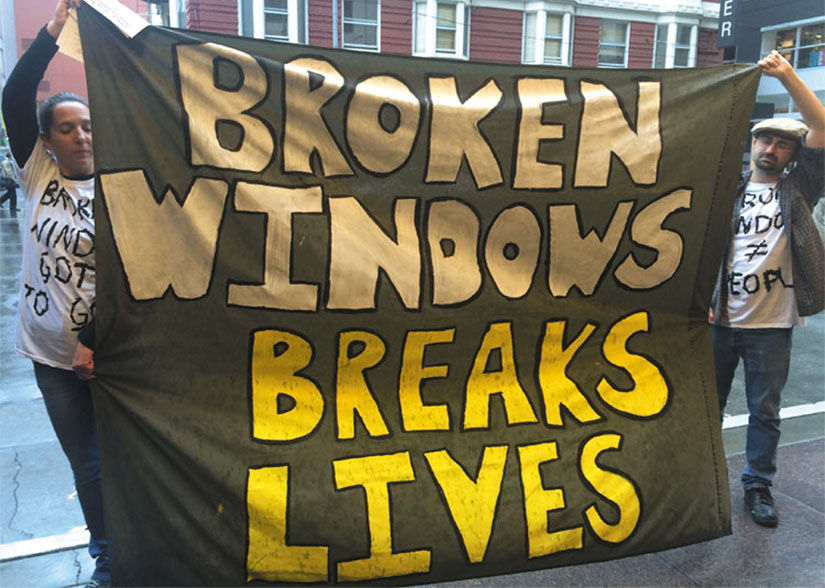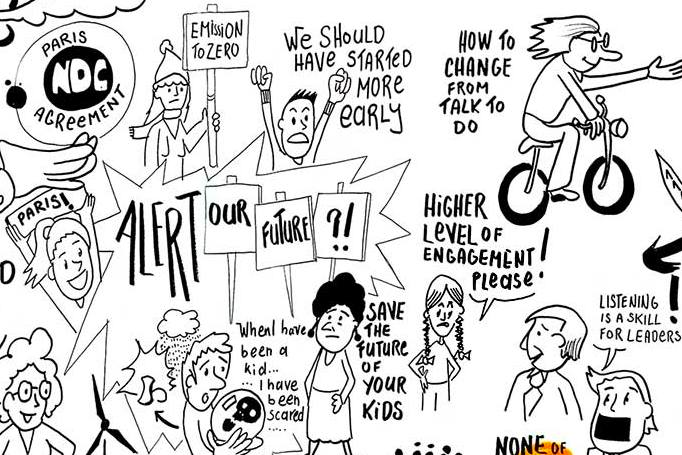The Broken-Window Theory: Repairing Communities One Window at a Time
- Ananya
- Jul 15, 2023
- 3 min read

Imagine you’re driving through a neighborhood, and you noticed that every other window you pass by is shattered: a problem left unrepaired. Certainly, you would assume a lack of concern and/or control in the neighborhood… In the eyes of a criminal, these assumptions and the evident communal neglect translate into a rather appealing opportunity and capacity for relatively uncontrolled ‘easy’ crime. In criminology, this is regarded as “the Broken Window Theory where “any visible signs of crime and civil disorder, such as broken windows (hence, the name of this theory), vandalism, loitering, litter, public drinking, jaywalking, etc. creates an urban environment that promotes even more crime and disorder” (Charlotte Ruhl, Simple Psychology). As someone who tends to see things with a more scientific lens, this theory essentially describes an urban positive feedback loop of crime and incivility. Nonetheless, many individuals argue this theory to be a fallacy, due to its assumptions of societal functioning.
In 1982, James Q. Wilson and George L. Kelling suggested that visibly disordered environments (such as a broken window left unrepaired) indicate a lack of community control facilitating and attracting further disorder and criminal behavior.
Such criminological theories emerge as explanations of the complex dynamics between social order and crime, a way for the rest of us civilians to digest the often-disturbed psychology of criminals and their misconduct. Among these theories, the Broken-Window theory often sparks controversy and conversation with its suggestion that urban revitalization efforts that reduce visible signs of disorder can contribute to a drop in criminal activity. Thus, the theory posits that addressing minor criminal offenses and maintaining - visible - order can prevent the escalation of criminal activity. However, this assumption is the root of this theory’s major criticisms and controversies, regarding it as a fallacy.

Proponents argue that through tackling visible signs of neglect and establishing a sense of civility, collective responsibility, and social order, potential criminals can be deterred. Given that this theory highlights how environmental cues promote criminal human behavior, supporters find it logical to argue that the lack of these cues would deter such actions and prevent perceptions of an uncontrolled and unregulated community. On the other hand, opponents label this as an oversimplification of the causes of crime and as an approach riddled with implicit bias. Critics believe that this theory promotes over policing and targeting of marginalized, underdeveloped communities: an exacerbation of social inequalities. Rather than focusing on superficial indicators of incivility, they highlight the significance of addressing the roots of disorder: poverty, unemployment, systemic injustices, etc.

There is merit in both arguments, but personally, I resonate more with the critics’ explanation. It seems logical to argue that a lack of policing would leave space for more crime, rather it is the converse that I do not agree with; given its disproportionate targeting of high minority and low socioeconomic status communities, fostering the capacity for systemic racial profiling. Preventing crime on a large-scale is not about encouraging over-policing nor urban revitalization, but addressing the motivations behind such activity. Nevertheless, despite this criticism, this theory has influenced urban revitalization and crime prevention strategies for years pertaining to the improvement of policing through communal engagement and addressing local concerns to create an environment of discipline that is less vulnerable to more serious crimes.
In order to prevent the acceleration and escalation of criminal activities in communities, I believe strongly in the importance of striking a balance between addressing such superficial visible disorder as well as tackling the underlying socioeconomic factors behind such criminal behavior. Urban revitalization is undeniably important to create safer environments, but for a long-term approach, this is best complemented with more sustainable strategies aimed at confronting the roots of such disorder. It is essential to acknowledge both the value insight and potential consequences inflicted by this theory to create societies conducive to safety and social justice. Repairing broken windows is a starting point, but sustainable transformation can only truly be achieved by getting our hands dirty in the foundational roots of criminal activity.



Comments